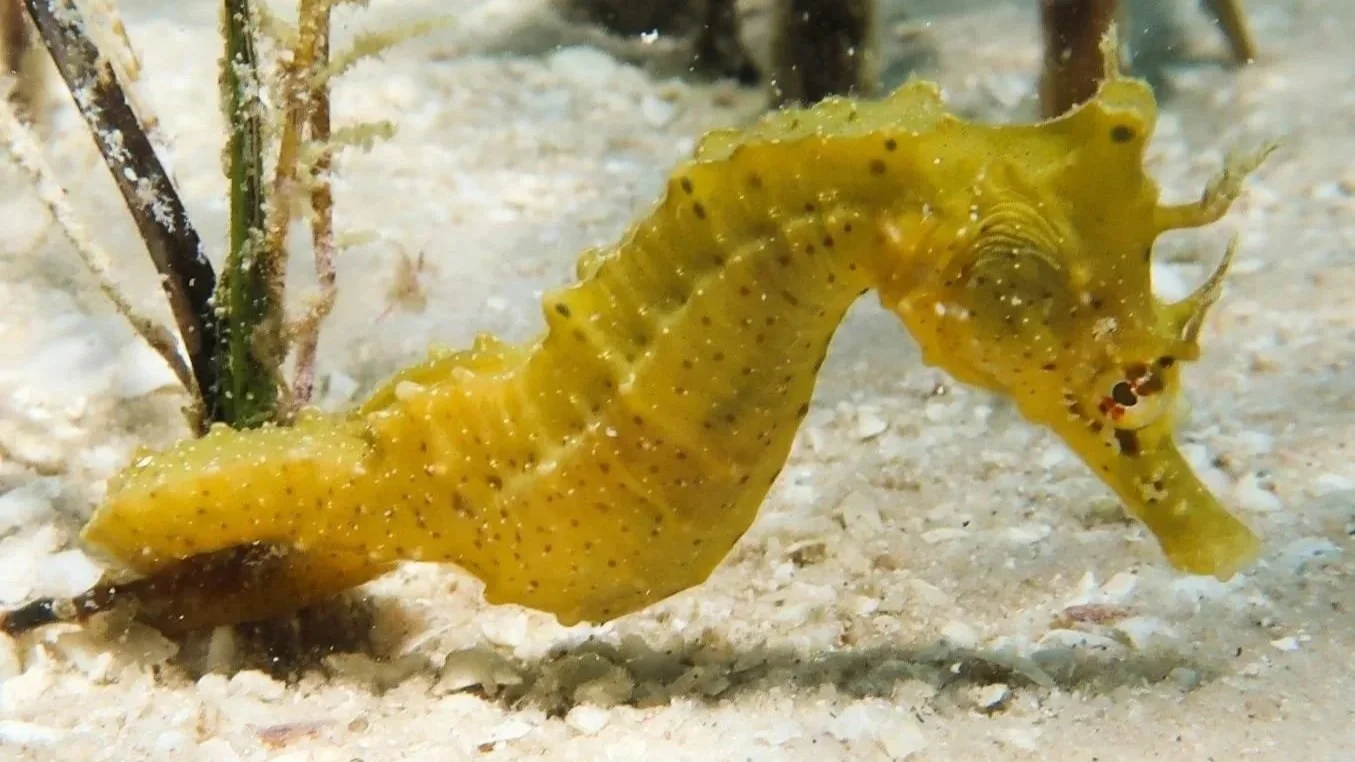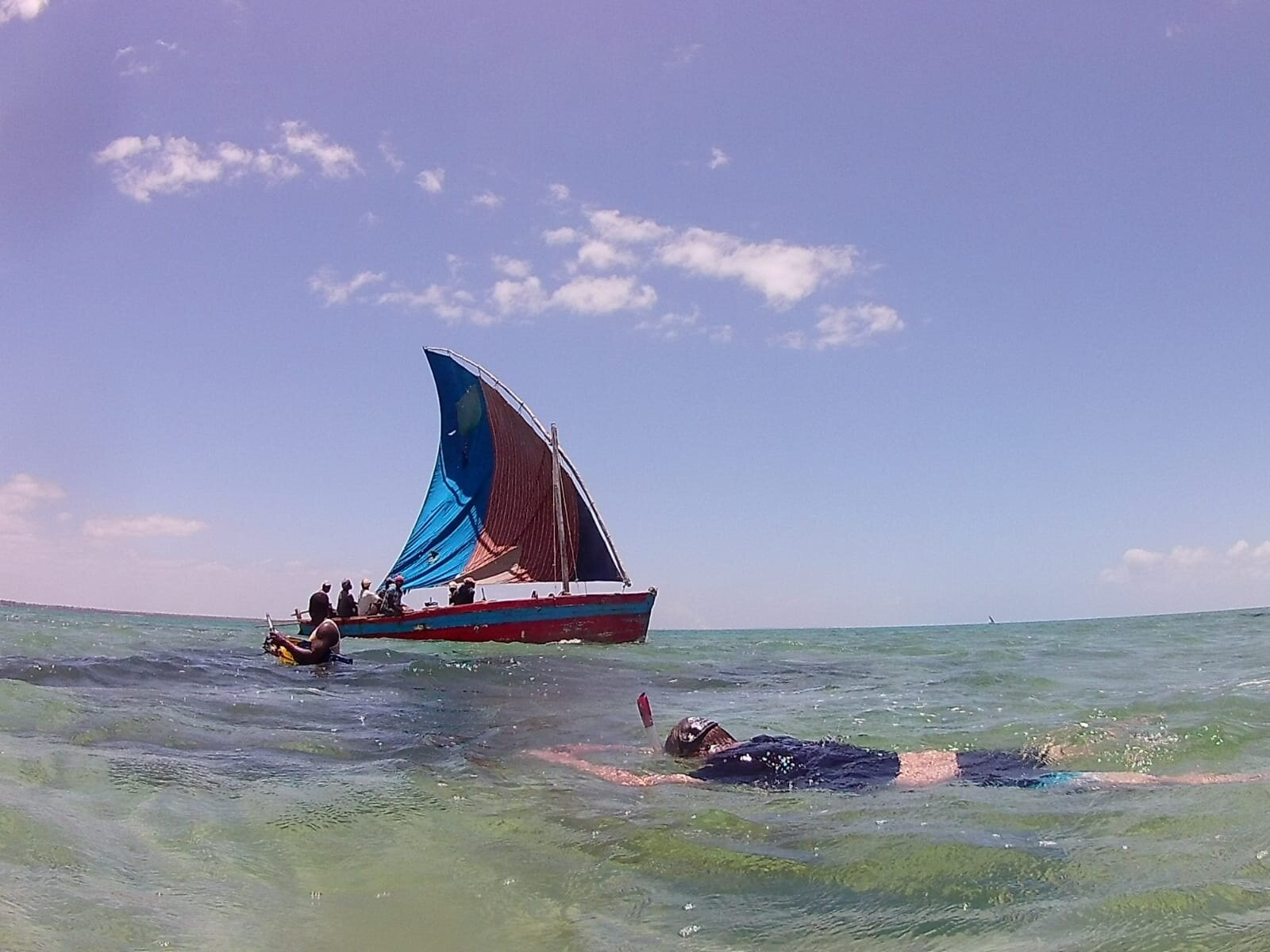You can join a snorkeling tour and help protect the seahorses:
The Indigo Seahorse Safari Story in Photos:
Poaching
Mangalisse used to call seahorse “diamonds” and capture them en masse to sell to visiting traffickers link with the Chinese medicine supply chain.
2018 Intervention
September 27, 2018
We launched a campaign together with the local fisheries authorities and support from Bahia Mar Hotel. The campaign included education, spreading information about the law, enforcement and an offer to develop seahorse ecotourism.
Signage
These signs were designed in collaboration between ParCo, Bahia Mar, African Park and the local Mozambican Government Authorities. They have been installed at seven locations along the coast of Vilankulo including in the fishing village where seahorse poaching was rampant. It is no longer possible for a fisherman to say “I didn’t know we weren’t allowed to catch that.” Another step in the right direction.
Tourism
The fisheries committee leads tours on local dhows to the shallow seagrass habitats where seahorses can be observed. This provides an alternative income for the community and disincentivizes poaching. They lead 45 tours in 2019 and are still going strong today.
Species
Of the 50+ seahorses in the world, there are 3 species that we encounter locally. Two of them are “vulnerable” on the IUCN Redlist and 1 is data difficient meaning there is very little known about it.
Research
Syngnathid biologist Dr. Louw Claassens kickstarted a research project in late 2019 with help from Ilidio Cole of ParCo and Amancio Huo from Mangalisse village who proved to have amazing local expertise to help map seahorse populations across the Vilankulo bay.
Education
We keep school children and the local community involved and informed of research progress and share with them the amazing qualities of the seahorse they are lucky to host in their local waters. They are at the center of protecting the biodiversity in their fishing waters including seahorses.










